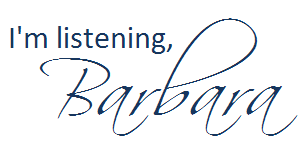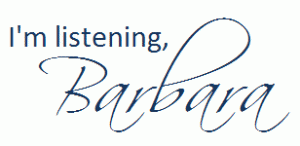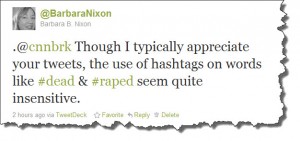
Shhh. Don’t tell anyone, but here’s a list of nine of my pet peeves. Some are big ones; others are minor irritations. You’ll do much better in my classes if you avoid ALL of these behaviors. But it’s a secret, so please don’t share it. Keep it to yourself.
- Try to pass off another person’s work as your own. I don’t care whether it’s in a singular blog post or in a major assignment: plagiarism in any form is unacceptable. What should you do instead? When you use the ideas or words of others in your writing, as we all must do at times, let me (and your other readers) know where they come from. Use quotation marks for direct quotes. If it’s in a blog post, always hyperlink to the original source (if the original source is available online). If you are at all in doubt about whether or not to provide attribution, ask me. If you choose to plagiarize, at the least, you will fail the assignment. You may even fail the class. And you will absolutely taint my impression of you. You don’t want this to happen. Trust me.
- Ask me “Did we do anything important in class last time we met? I wasn’t here.” See this poem by Tom Wayman on Delaney Kirk’s blog for some sarcastic responses you might get from me if you ask this.
- E-mail me without putting your class name & number in the subject line. I have about 100 students this semester, and it’s challenging to recall who is in which class. Also, it really helps me if you put your first and last name in your messages.
- Use Facebook or check Twitter/e-mail during class time. Honestly, I don’t care if you choose to daydream or squander your own class time. But when you use the computer (or even your mobile device) to do it, you’re distracting others around you as well. And that bothers me. A lot. (Now there will be times when we are actively using Facebook, Twitter, etc. for class purposes — that’s different.)
- Come to class late. Even if you “just slip in,” it’s disruptive to our whole class. If we have a student or guest speaker, it’s even worse.
- Ask me a question about something that I’ve recently answered to another student in the same class. This makes me think that you are not paying attention.
- Failing to read my blog. I use this blog to share important information with you. Sometimes it’s class assignments. Other times, it’s tips that will help you on assignments or in securing employment after graduation. I often embed links in the posts that will lead you to additional useful information; click and read the links, too.
- Ask “what are we doing in class next week?” Now on the surface, that may seem like you are engaged or truly care about what we are doing in class. But toward the end of your syllabus is a weekly schedule of what we’re doing in class. I stick to it.
- Don’t share helpful information about the class with others. You see the first paragraph in this blog post? I was being sarcastic. I really DO want you to share this information.
Now, if you’ve been a student of mine in the past, what other helpful tips can you share with students who are having me as a professor for the first time? I’d love to know. Please share your ideas in a comment.







 The savings aren’t quite as dramatic for some of my other classes, but it’s still a smart option to investigate.
The savings aren’t quite as dramatic for some of my other classes, but it’s still a smart option to investigate.







